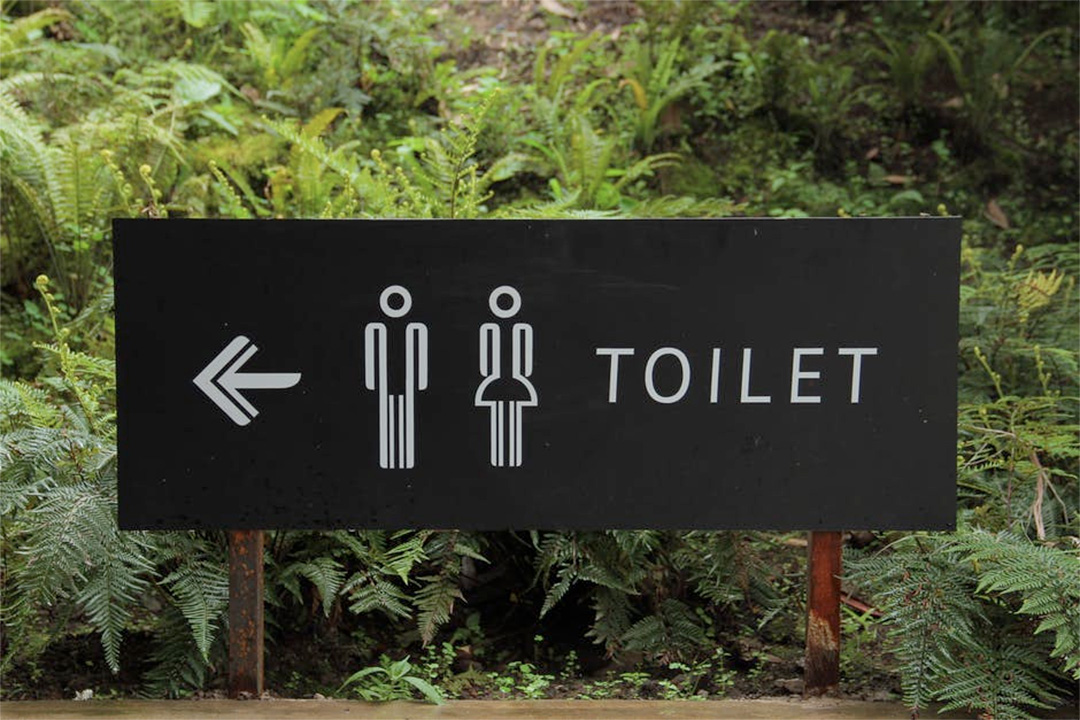By the UN Children’s Fund (UNICEF) and World Health Organization (WHO)
Toilets are vital to peace, but a vicious cycle is in motion where inadequate sanitation contributes to instability, and instability undermines sanitation.
Today, 3.5 billion people are still living without access to safe toilets, and across the world, sanitation is under threat from violence, climate change, disasters and neglect.
Having a safe, secure, hygienic facility to use several times a day is more than a convenience – it is a human right.
World Toilet Day 2024, on 19 November, is about sanitation’s critical role in peace – how broken or inadequate sanitation systems affect people’s lives, and how safely managed sanitation is crucial for a healthy and stable society.
Toilets under threat
Conflict can lead to damage, destruction, and disrepair of toilets, sanitation, and water infrastructure and services, and can prevent people from freely using sanitation facilities or being able to collect enough water for their needs.
Extreme weather events, and disasters such as earthquakes and tsunamis, can also destroy or disrupt sanitation systems, with drought affecting water-based sanitation systems and waste treatment processes, and flooding damaging toilets, buildings, and pipes, and causing faecal waste to spread into the environment.
Vulnerable groups, particularly children, bear the brunt.
In fragile and conflict-affected contexts, 420 million children lack basic sanitation and 210 million children lack access to safe drinking water, with a far deadlier impact on children than bombs and bullets.
Around 85,700 children under age 15 die every year from diarrhea linked to unsafe water, sanitation, and hygiene, compared with 30,900 from conflict.
The latest reports from UNICEF’s operations in Gaza refer to extensive disruption and damage to water and sanitation systems, including solid waste management. Of 2,000 kilometers of sewage lines and drains, local authorities estimate 70% are damaged, and more than one-quarter of children under five are sick with sanitation-related diseases.
To compound the dire circumstances found in many parts of the world, we find widespread institutional neglect of sanitation affecting the quality and reliability of services and undermining progress towards the achievement of SDG 6 – water and sanitation for all by 2030 – promised by all UN Member States.
The protective power of toilets
A toilet should be a secure, hygienic, and private place where people can relieve themselves in dignity and safety. It should be connected to a safely managed ‘sanitation chain’ to properly deal with human excreta, consisting of its containment, transport, treatment, and safe disposal or reuse.
When the sanitation chain is destroyed, damaged, or disrupted, untreated human waste spreads in the environment, unleashing deadly diseases, such as cholera.
By creating a barrier between us and our waste, sanitation services protect public and environmental health.
But they can only fully perform that critical function when they are resilient, particularly to the impacts of climate change.
Climate-resilient sanitation for an uncertain future
The consequences of a global lack of sanitation are devastating to people’s health, particularly women and girls’, and other vulnerable groups’.
Around 560,000 people die annually from poor sanitation, mainly due to diarrheal diseases.
Shocking as they are, these statistics likely underestimate the problem, as they do not account for deadly risks such as antimicrobial resistance (AMR) and vector-borne diseases.
Climate change has been declared an imminent threat to global health by WHO.
Unless sanitation and water systems are made climate-resilient, climate change is likely to slow, undermine, or reverse progress on access to safely managed sanitation.
This is the focus of the ‘Practical guidelines for designing climate-resilient sanitation projects,’ with input from WHO and UNICEF, which was just launched at the 2024 UN Climate Change Conference (UNFCCC COP 29) in Baku as a new annex to the Green Climate Fund’s (GCF) Sectoral Guide on Water Security.
The aim is to ensure climate action has sanitation at its heart.
Toilets are a place for progress
What chance is there of a safe, dignified, productive life without a safe toilet? What do we expect to happen as long as billions of people are left behind without this human right in the face of climate change and violence?
Governments must ensure that sanitation and water services can withstand and be sustained during and after extreme weather events, disasters, and conflicts, to enable hygiene, protect public health, reduce the displacement of people, and minimize tensions within and between communities.
This is how toilets can support peace.
To be sure, there is a lot of work to do. On average, achieving universal coverage by 2030 will require a fivefold increase in current rates of progress to ensure safely managed sanitation for all by 2030. In low-income countries (LICs), we will need to work more than 20 times faster.
This World Toilet Day, UNICEF, WHO, and WaterAid are launching an ambitious and practical framework for accelerating towards universal access to climate-resilient, safely managed sanitation, building on the urgent call for action in the ‘State of the world’s sanitation’ report and the first-ever UN System-wide Strategy for Water and Sanitation.
As leaders and experts gather this week at COP 29, the world is in turmoil.
Let us commit to more and better protection of, investment in, and governance of sanitation to secure a fairer, less volatile future.
* * *
World Toilet Day 2024, 19 November, is coordinated by the UN-Water Expert Group on WASH, led by UNICEF and WHO.

